Good livestock harvest thanks to policy "leverage"
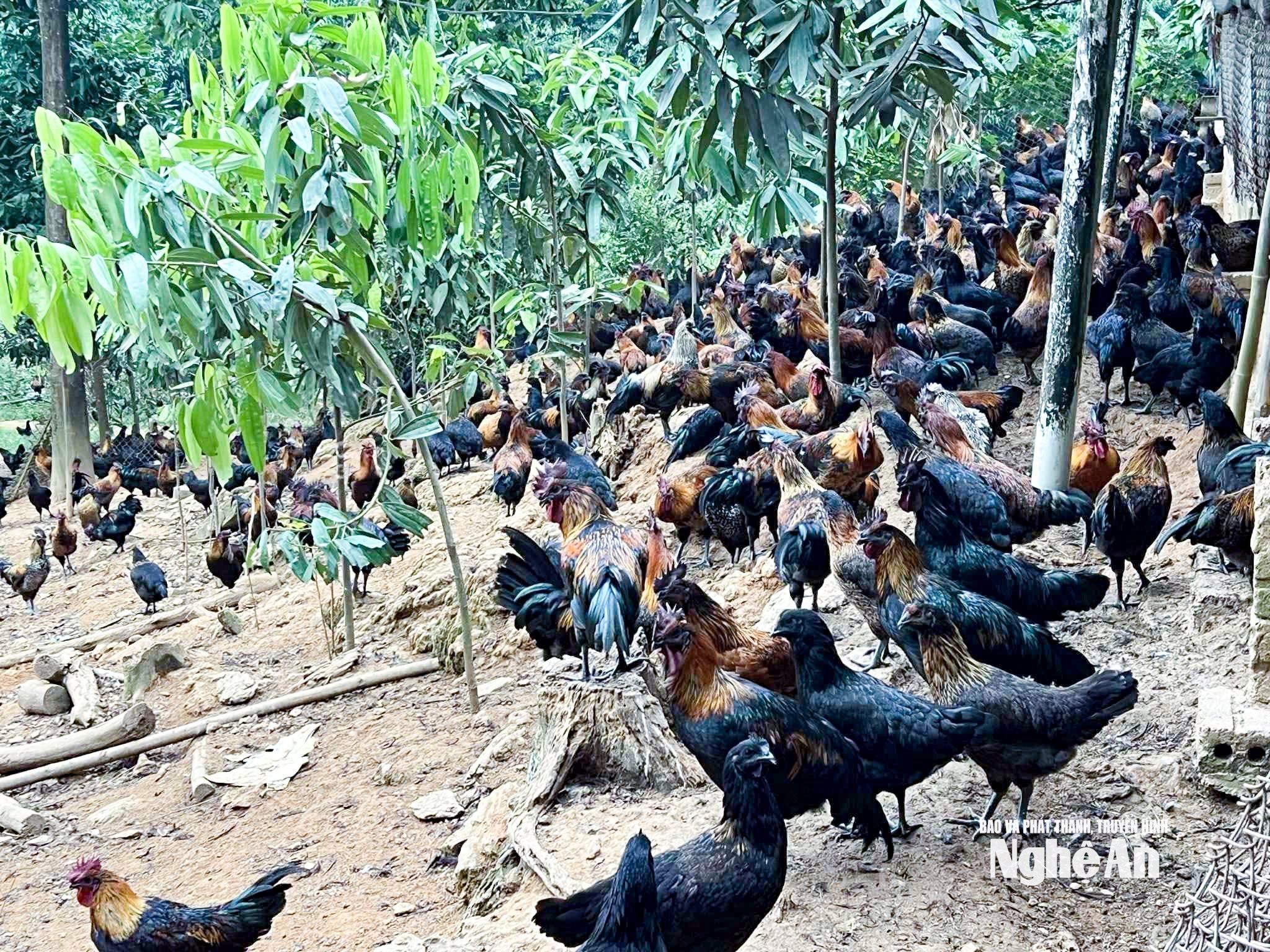
Two years ago, with support of 50 chickens from Sub-project 4, Mr. Ho Ba Long, Huon Khe village (Huoi Tu commune) started raising black chickens. Thanks to the staff's guidance on care and disease prevention, the flock has grown well and now has more than 300 chickens. "Black chickens are raised naturally, fed corn, bran, and wild herbs, so their meat is firm and the selling price is high, from 180,000 to 220,000 VND/kg. Thanks to this model, my family no longer has to worry about poverty," Mr. Long shared, his eyes shining with joy.
From that success, the black chicken farming model was deployed synchronously in many other localities. In Na Loi, the Provincial Farmers' Association coordinated to deploy commercial black chicken farming in the direction of biosafety for three households in Na Khuong and Na Loi villages. Each household was provided with breeds, feed, vaccines, biological products and technical training. Thanks to strict compliance with the process, the survival rate of the chicken flock reached 96%, the weight of the chickens sold was from 1.6 - 2 kg/chicken, much higher than the traditional farming method. "Previously, people raised chickens based on experience, the loss rate was high. Since being trained, people have changed their habits, know how to clean the barn, vaccinate regularly, with clear results", said Ms. Vi Hoa - Vice President of the Farmers' Association of Na Loi commune.
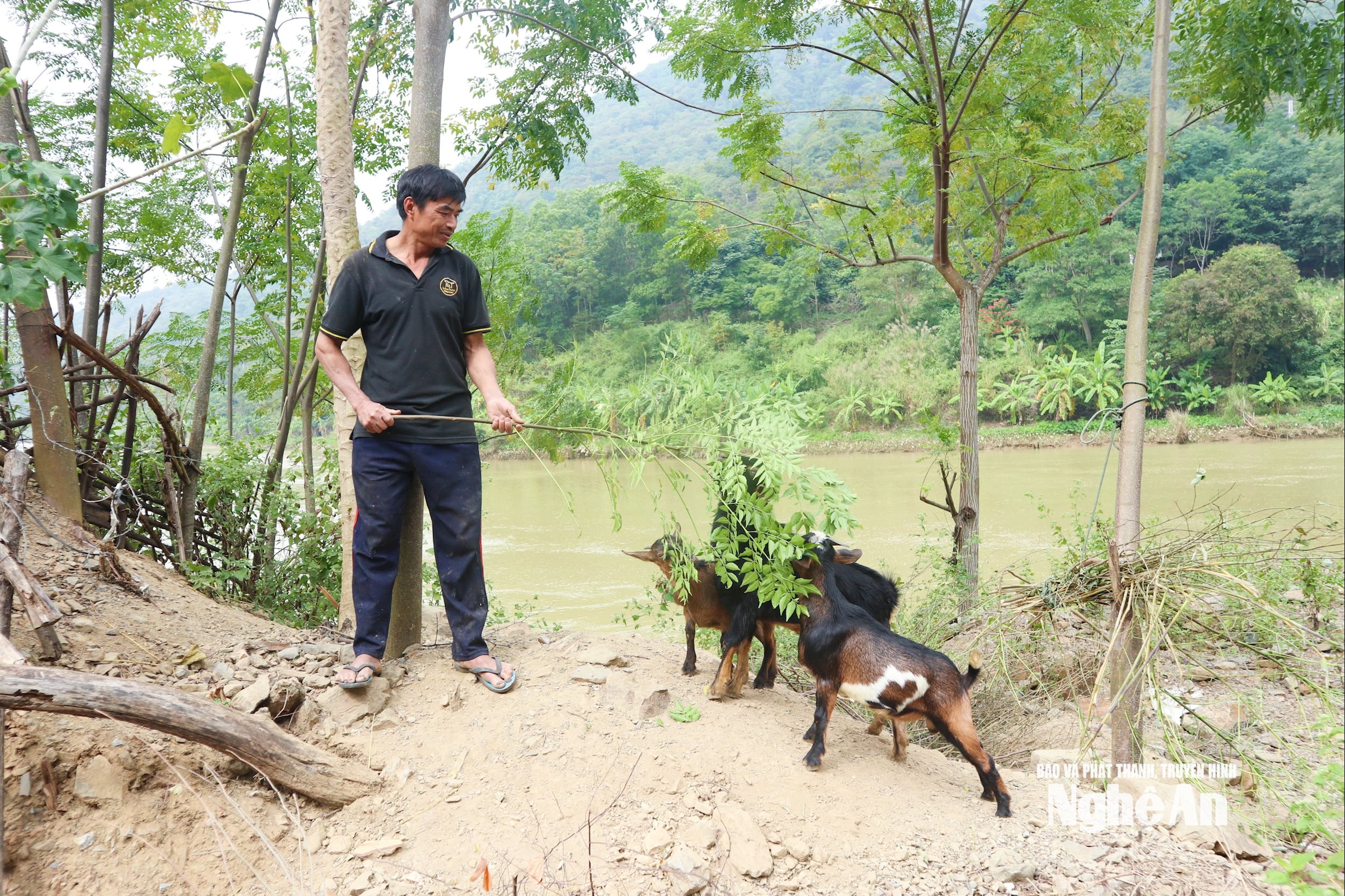
Also from that source of support, in Nghia Khanh commune, the goat raising model is opening up a new direction for economic development for many households. The family of Mr. Ha Chi Thanh and Mrs. Truong Thi Chu is one of the first households to receive three breeding goats to raise a herd. Technical staff regularly come to the place to guide care and disease prevention, so the herd of goats grows well, now reaching the second generation. "Raising goats is quite easy, the technique is not complicated, the food is mainly taken from the garden or let loose on the hills, so the cost is low. The herd of goats grows fast, healthy, becoming a hope to help the family have a stable source of income, improving life", Mrs. Chu said excitedly.
Currently, the meat goat raising movement is developing in Lang Nung. Up to now, dozens of other households have received support for breeding goats, all herds of goats are growing well, bringing in a stable source of income. Many households that were previously poor have now risen to near-poor status, gradually taking control of their livelihoods.

In Tam Thai commune, "policy leverage" is demonstrated through the indigenous black pig breeding model. In 2023, 45 households received piglet support, including Ms. Vi Thi Nhung in Xop Nam village. From the initial 10 piglets, after 5 months she sold the first batch, recovered capital and re-herded. "Now my barn has 16 pigs, both mother pigs and piglets. Black pigs are easy to care for, eat bran and wild vegetables, grow quickly, have delicious meat so they are easy to sell," Ms. Nhung said excitedly. This model not only brings a stable source of income but also helps people take advantage of agricultural by-products, reducing farming costs.
Supported livestock models are contributing to the rebirth of the highlands of Nghe An. Although the scale is not large, they have aroused the spirit of initiative, changing the way of thinking and doing of the people, from raising according to custom, depending on nature, to now knowing how to apply techniques, proactively prevent diseases, and take care of barns. These changes are clear evidence of the effectiveness of "policy levers", opening up a path to sustainable livelihoods for the people in the highlands.
Opening up livelihoods, towards sustainable poverty reduction
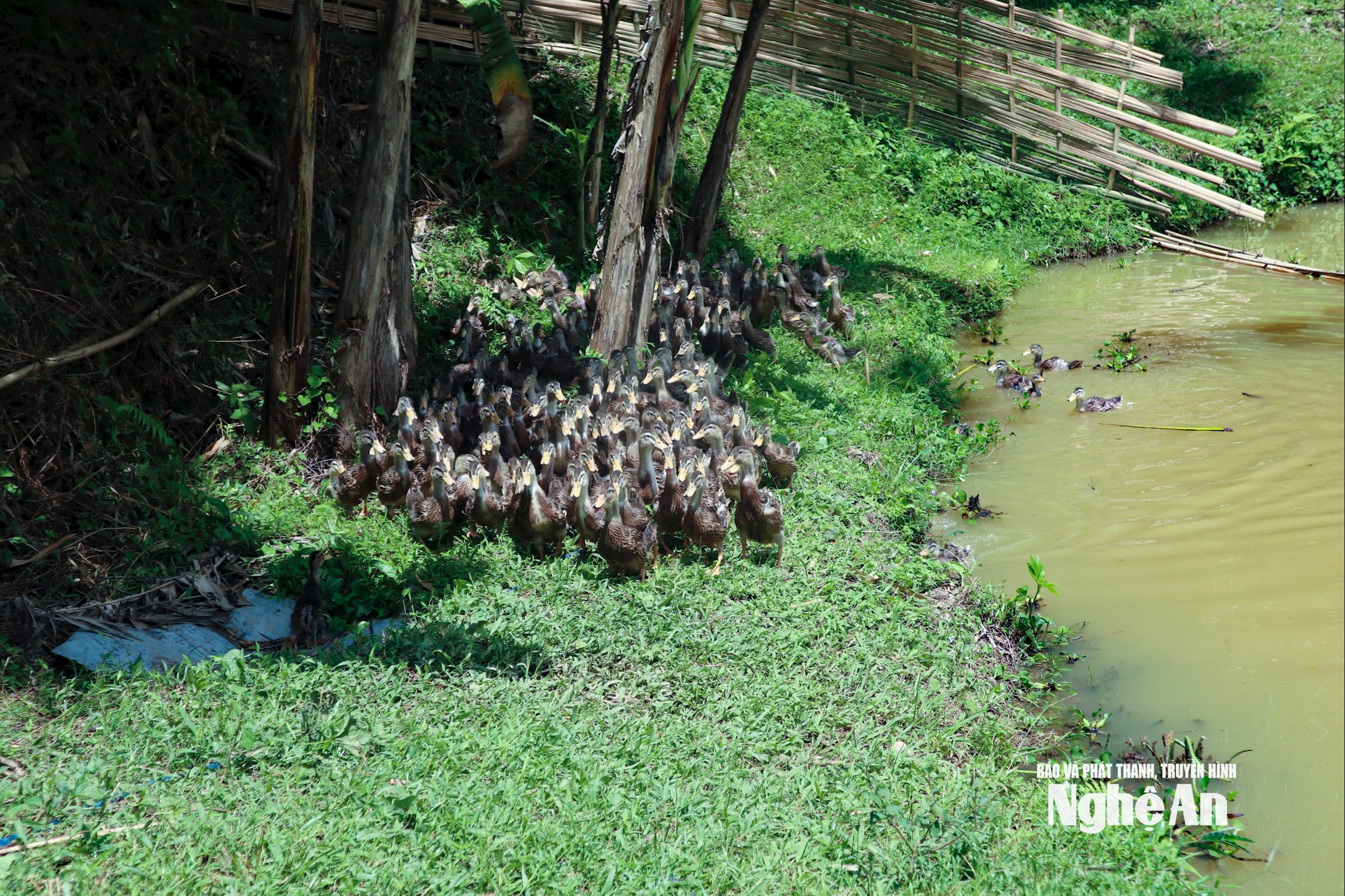
From the initial pilot models, the effectiveness of Sub-Project 4 is spreading to many mountainous localities of Nghe An. People not only have more livelihoods but also gradually form the mindset of commodity production, know how to link consumption, and create brands for local specialty products.
In Que Phong commune, Mr. Quang Van Trung is one of the pioneers in expanding the scale of raising native chickens. Initially, he was only supported with a small flock. After seeing the effectiveness, he boldly invested in more barns, combining raising chickens to provide breeds. “Currently, I have more than 1,500 chickens, including 500 meat chickens and 1,000 chickens to incubate eggs. I plant cinnamon leaves around the garden to both eliminate odors and make water for the chickens to drink. This model is clean, effective and brings in good income,” Mr. Trung shared.
According to the 5-year report on the implementation of the National Target Program 1719, Nghe An province has supported 216 projects to develop production and diversify livelihoods, with 9,810 households participating. Thanks to that, the poverty rate in ethnic minority and mountainous areas decreased by 15.57% compared to 2021, an average decrease of nearly 4% per year. The average income per capita in this region has reached more than 38 million VND/year, a figure that was once considered out of reach for many households in Western Nghe An.
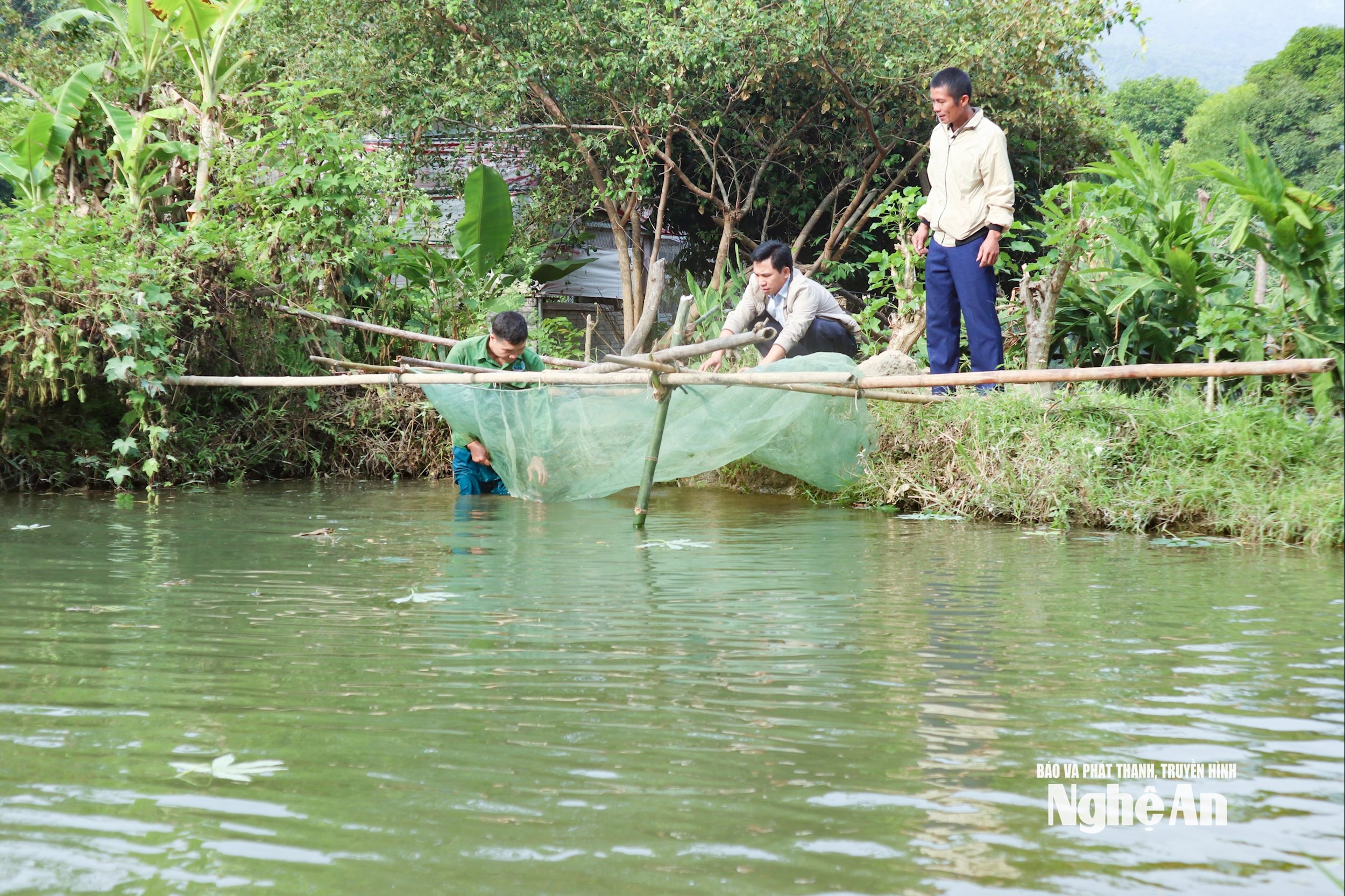
Western Nghe An has great potential for livestock farming, especially for specialty breeds such as black pigs, hill chickens, and lake fish. However, due to small-scale production, the full potential has not been fully exploited. Sub-project 4 has helped people access technology, organize production in a commodity-oriented manner, form value chains, and aim to develop typical OCOP products. This is an important step towards sustainable poverty reduction and economic development in the highlands.
The initial effectiveness of Sub-project 4 is not only reflected in the number of households escaping poverty, but also in the people's belief and aspiration to rise up.
Source: https://baonghean.vn/chinh-sach-phat-trien-kinh-te-xa-hoi-mien-nui-ho-tro-chan-nuoi-o-vung-cao-nghe-an-10311272.html


![[Photo] Deep sea sand deposits, ancient wooden ship An Bang faces the risk of being buried again](https://vphoto.vietnam.vn/thumb/1200x675/vietnam/resource/IMAGE/2025/11/13/1763033175715_ndo_br_thuyen-1-jpg.webp)





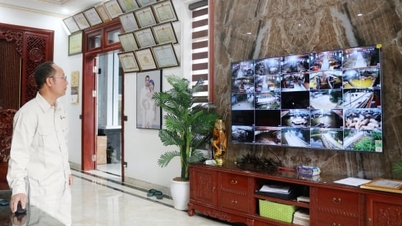

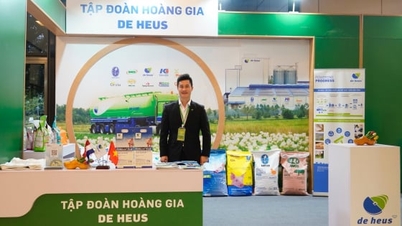













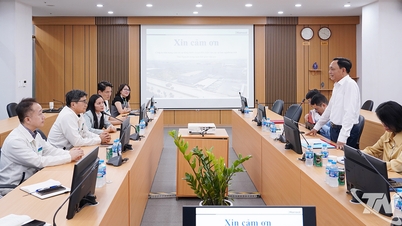



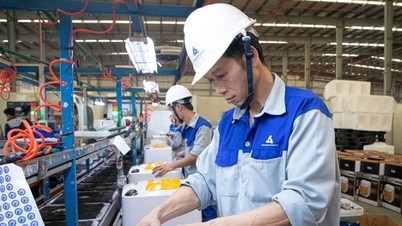







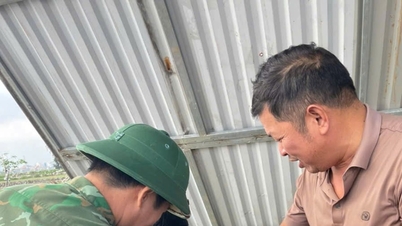












































![[Photo] Panorama of the 2nd Vietnam-Cambodia Border Defense Friendship Exchange](https://vphoto.vietnam.vn/thumb/402x226/vietnam/resource/IMAGE/2025/11/13/1763033233033_image.jpeg)
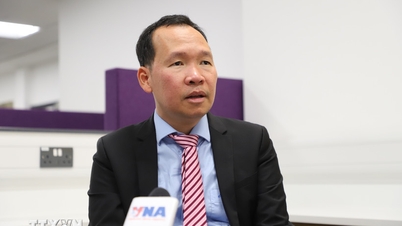





















![Dong Nai OCOP transition: [Article 3] Linking tourism with OCOP product consumption](https://vphoto.vietnam.vn/thumb/402x226/vietnam/resource/IMAGE/2025/11/10/1762739199309_1324-2740-7_n-162543_981.jpeg)






Comment (0)